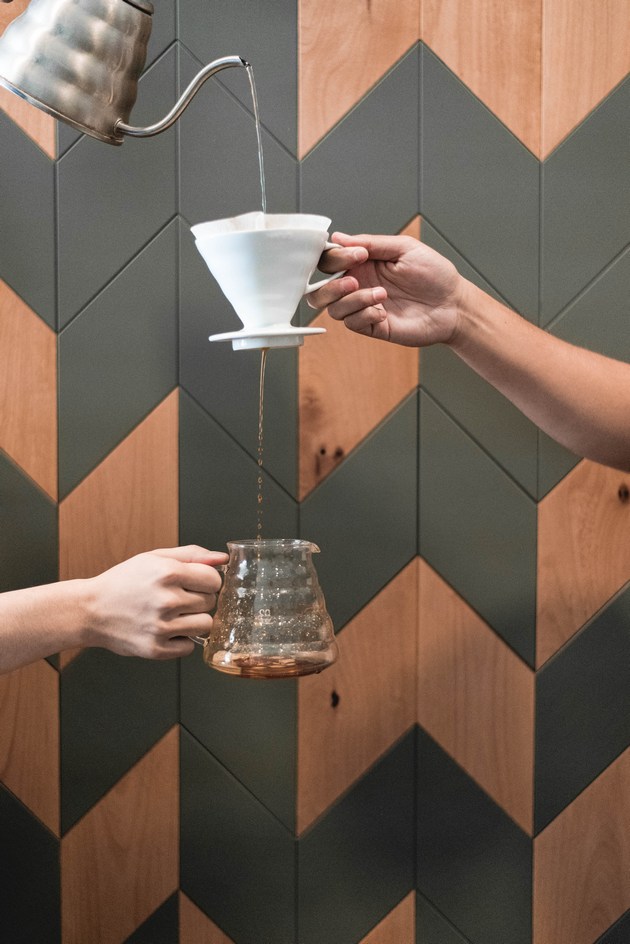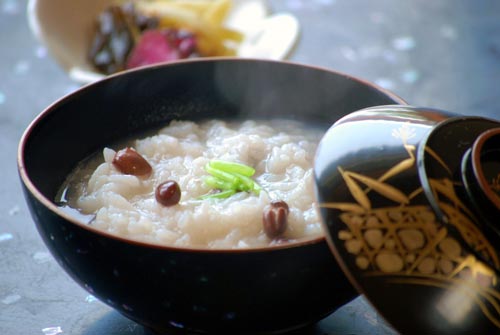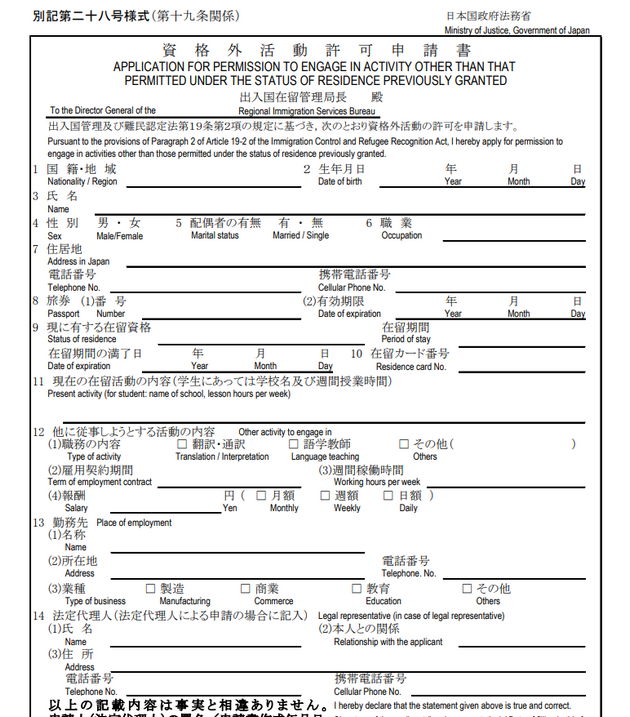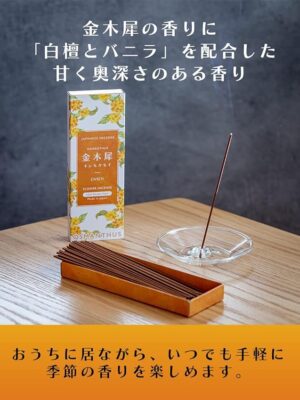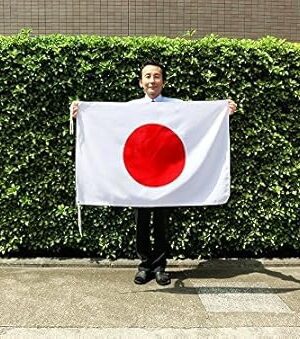Intro to Kyu-Shiba-Rikyu Gardens
Just by Tokyo Bay is one of the two remaining aristocratic gardens from the Old Edo days. Kyu-Shiba-Rikyu Gardens is a rather vast, amazingly sculpted and designed traditional Japanese garden and park. It is undoubtedly one of the most beautiful gardens in all of Tokyo!
Share this Post
Information
-
Address:
1-4-1 Kaigan, Minato-ku
-
Contact:
03-3434-4029
-
Open hours:
9am – 5pm (entry until 4:30pm)
-
Closed:
Dec. 29 – Jan. 1
-
Entrance fee:
General ¥150, 65 and older ¥70 (No charge for children aged 12 or under, and junior high school students living or attendng school in Tokyo) Annual pass ¥600 (65 or older ¥280)
Flower Calendar of Kyu-Shiba-Rikyu Gardens
- Jan. : Wintersweet
- Feb. – Mar. : Japanese apricot blossoms, Narcissus
- Mar. – Apr. : Flowering quince, Thunberg’s meadowsweet, Cherry
- Apr. : Ornamental peach blossoms, Yae-zakura cherry blossoms, Wisteria
- May – June : Satsuki azalea
- June : Japanese iris, Pink striped trumpet lily
- June – July : Hydrangea
- Jul. – Aug. : Crape myrtle
- Aug. – Sep : Japanese bush clover, Red spider lily
- Sep. – Oct. : Orange osmanthus
- Oct. – Nov. : Leopard plant
- Oct. – Dec. : Burning bush (red leaves)
- Nov. – Dec. : Japanese wax tree (red leaves), Maple (red leaves)
- Nov. – Feb. : Yukitsuri and Fuyugakoi (Winter plant protections)
Table of Contents
History of Kyu-Shiba-Rikyu
Gardens
Kyu-Shiba-Rikyu Gardens is ragarded by many as being one of the most beautiful gardens in Tokyo, and it’s one of only two surviving Edo era feudal lord’s gardens along with Koishikawa Korakuen Gardens. It is a typical Japanese garden with a pond surrounded by a path, featuring superb ground and stone work. Kyu-Shiba-rikyu is filled with man-made hills which give excellent views of the environs, and and the highest hill Oyama provides a full, panoramic view. The garden was bestowed to Tokyo city in 1924 in commemoration of the wedding of Emperor Showa. After restoration and upgrading work, it was opened to the public as “Kyu-Shiba-Rikyu Onshi-Gardens”.
Features and Sights to See at Kyu-Shiba-Rikyu Gardens
Large Garden Pond at Kyu-Shiba-Rikyu Gardens
This pond is the central feature of Kyu-Shiba-Rikyu Gardens, with approximately 9,000m2 of extension. In former days, it was a shioiri-no-ike (salt water) pond) drawing in the sea water of Tokyo Bay, but it is now a freshwater pond. Two islets, Nakaima and Ukishima are arranged in the pond to create an image of a sea or lake with a beach-like area (Suhama) at the shore.Seiko-no-tsutsumi
This is a stone made embankment that was designed in reminiscence of the same in Seiko Lake in Hangzhou (present province of Hangzhou). The stone formation of Nakaima survived from the days when the garden was called “Rakujyu-en”.Mt. Oyama at Kyu-Shiba-Rikyu Gardens
The highest man-made hill in Kyu-Shiba-Rikyu Gardens which provides magnificent views of the garden. It contrasts with two hills on its right and left, and has a variety of extending ridge lines seen from the other shore of the pond giving a wonderful scenic view.|
|


![[商品価格に関しましては、リンクが作成された時点と現時点で情報が変更されている場合がございます。] [商品価格に関しましては、リンクが作成された時点と現時点で情報が変更されている場合がございます。]](https://hbb.afl.rakuten.co.jp/hgb/19a81352.131ad6c8.19a81353.1274eaea/?me_id=1322122&item_id=10000074&m=https%3A%2F%2Fthumbnail.image.rakuten.co.jp%2F%400_mall%2Fhosoe-saketen-r%2Fcabinet%2F04891728%2F04903899%2Fimgrc0069091642.jpg%3F_ex%3D80x80&pc=https%3A%2F%2Fthumbnail.image.rakuten.co.jp%2F%400_mall%2Fhosoe-saketen-r%2Fcabinet%2F04891728%2F04903899%2Fimgrc0069091642.jpg%3F_ex%3D240x240&s=240x240&t=picttext)

